Opportunity Zone Update in a COVID-19 World
08.06.2020
By: Cheyenne McDonald
Opportunity Zones have been around far longer than the coronavirus-fueled economic recession. Ushered in by the Tax Cuts and Jobs Act of 2017, opportunity zones were designed by the federal government to spur economic growth in distressed communities or areas of cities that don’t often get looked at for expansion. Opportunity zones provide substantial tax breaks to investors who develop and revitalize these select areas.
Investors may file Form 8896 with the Internal Revenue Service to then create a Qualified Opportunity Fund. A Qualified Opportunity Fund is structured as either a partnership or corporation created for the purpose of investing in an either real estate or businesses through equity in the opportunity zone. To put it simply, for an investor to make a profit, they must sell an asset and generate a capital gain. If an investor then puts that capital gain into a Qualified Opportunity Fund, there is a delay and reduction of taxes owed to the federal government. After ten years, the investor will pay zero capital gains tax on their opportunity zone development returns. This could result in a 30-40% increase in annual returns.
There are now more than 8,760 opportunity zones in all 50 states. Every state nominates blocks of low socio-economic areas according to the census which are then certified by the Secretary of the U.S. Treasury. Currently, North Carolina offers 252 opportunity zones in every corner of the state, with 13 zones just recently added in May 2020, the third month of the COVID-19 pandemic. This program picked up speed quickly at its outset in a booming economy that came to a screeching halt as a result of the pandemic. Surprisingly, economic development leaders in both High Point and Raleigh say they continue to receive phone calls about their opportunity zones and see steady interest in investing throughout the past several months, despite the economic downturn.[1]
Our good friend, Moss Withers, President and Principal at Lee & Associates[2], says that he doesn’t see a decline in interest in opportunity zones, rather a decrease in capital and equity availability. This is across the board in real estate as a whole, though, as lenders became more reluctant to invest in many large projects during the pandemic; opportunity zones are not unique in that regard.
As with most federally incentivized investment programs, the IRS requires investors to adhere to strict guidelines in order to reap the benefits of the program. The program began in 2017 and in order to qualify for the full tax incentives, you must have invested by 2019. After 2019, the tax incentives begin to decrease each year. Investors have 180 days from the date of a sale of appreciated property to invest their capital gains into the Qualified Opportunity Fund. The Qualified Opportunity Fund is required to hold at least 90% of its assets in the opportunity zone area. This is determined by measuring the average percentage of qualified opportunity zone property held in the Qualified Opportunity Fund relative to total assets on the last day of the first six-month period of each taxable year and the last day of each taxable year. Any existing tangible property acquired by the Qualified Opportunity Fund must be substantially improved within 30 months of the acquisition date.
This month, the IRS posted Notice 2020-39[3] which provided some welcome relief of certain requirements and deadlines under the parts of the Tax Code pertaining to opportunity zone regulations. Among those include additional time beyond the original 180 days to invest in a qualified opportunity fund to defer gains made on both the last day of the first 6 month period of a taxable year and property to extend to December 31, 2020, as well as mandating that any failure to meet the 90% asset requirement this year will automatically be treated as satisfying the reasonable cause standard for avoiding penalties. Additionally, any such failures will not affect the Qualified Opportunity Fund’s status or qualification. Notice 2020-39 also states that the IRS will disregard the nine-month period between April 1, 2020 and December 31, 2020 when calculating the 30-month substantial improvement period. Currently, H.R. 6513 is in the House currently and if it becomes law, it will defer the tax on gains from opportunity zone investment for an additional four years. Furthermore, the Coronavirus Aid, Relief, and Economic Security (CARES) Act signed into law by President Trump in late March included $1.5 billion for Economic Development Assistance to include grants for continuing the momentum in development of opportunity zones.
Mr. Withers agreed that a healthy way to reignite both the real estate economy and the rate of investment into Opportunity Zones post-pandemic would be for Congress to expand the full tax incentives to investors beyond the initial 2019 deadline. Because although the COVID-19 pandemic has rocked our nation in many ways, it appears that there is still desire to invest in and develop the areas most in need of revitalization.
[1] https://spectrumlocalnews.com/nc/charlotte/news/2020/06/09/opportunity-zones-continue-development-through-pandemic
[2] Moss Withers, SIOR, MBA, is the founding President and Principal at Lee & Associates Commercial Real Estate firm and a leader in commercial real estate in the Triangle area.
[3] https://www.irs.gov/pub/irs-drop/n-20-39.pdf
*The information provided on this website does not, and is not intended, to constitute legal advice; instead, all information, content, and materials available on this site are for general informational purposes only. Information on this website may not constitute the most up to date legal or other information. This website contains links to other third-party websites. Such links are only for the convenience of the reader, user, or browser; Safran Law Offices does not recommend or endorse the contents of third party sites. Use of, and access to, this website or any of the links or resources contained with the site do not create an attorney-client relationship between the reader, user, or browser and Safran Law Offices, website authors, or contributors.

